מרוב חברים לא רואים את התערוכה: רואנגרופה ותעשיית היצירה העכשווית
גלית אילת
האוצרת גלית אילת עבדה עם רואנגרופה כמה פעמים במהלך שני העשורים האחרונים. במסה שכתבה לתיק הדוקומנטה היא בוחנת את הרשתות המוסדיות שאפשרו את פעילותו של הקולקטיב, רשתות שנעות על הציר הפוסט־קולוניאלי/ניאו־קולוניאלי שבין הולנד לאינדונזיה. היא מסבירה כיצד מדיניות התרבות של ממשלת הולנד שמה לה למטרה לתמוך בפעילי תרבות מן הדרום הגלובלי ועודדה את הקמתן של יוזמות אמנות בארצות המוצא שלהם. היא חושפת את הקשרים המוסדיים והכלכליים בין ארגונים ממשלתיים ולא ממשלתיים, קרנות פילנתרופיות ומוסדות אמנות הולנדיים לרואנגרופה, ומראה כיצד כל אלה היו מושקעים בצמיחתו ובהתרחבותו של הקולקטיב. אילת בוחנת את הקשרים הללו כחלק מן הפוליטיקה של הפיתוח בעידן שאחרי הקולוניאליזם, ומראה כי הם כיוונו את אופן פעילותו האמנותית של הקולקטיב: הדגש שניתן ל״יצירתיות״, ההטיה אל ההשתתפותיות וההתקהלות והתביעה לדמיין עולם אחר. כך היא טוענת כי מה שנדמה כחדשני, חתרני ולא מערבי, מוּנע למעשה על ידי תעשיית תרבות גלובלית שמרכזה, למרות הכול, הוא מערב אירופה.


